How to Boost Learning in the Non-Core Subjects
By Barbara R. Blackburn
 When we talk about rigor, it’s often focused on the four core content areas: English Language Arts, Math, Science, or Social Studies. But rigor is for all students across all areas of learning.
When we talk about rigor, it’s often focused on the four core content areas: English Language Arts, Math, Science, or Social Studies. But rigor is for all students across all areas of learning.
That includes areas other than the familiar four – areas we sometimes called related arts. In this article, let’s look at some sample rigorous tasks and assignments from a variety of related arts classes.
Critiquing a Performance (Band, Chorus, Orchestra, Theatre, etc.)
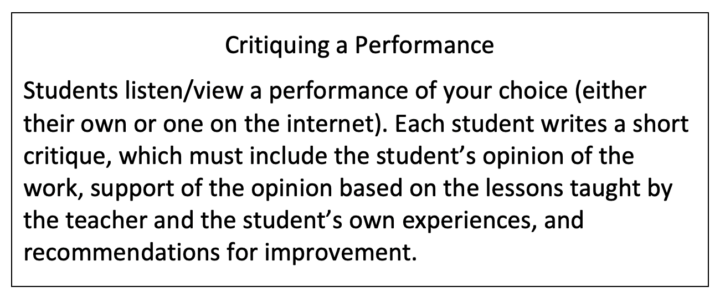
Health Education
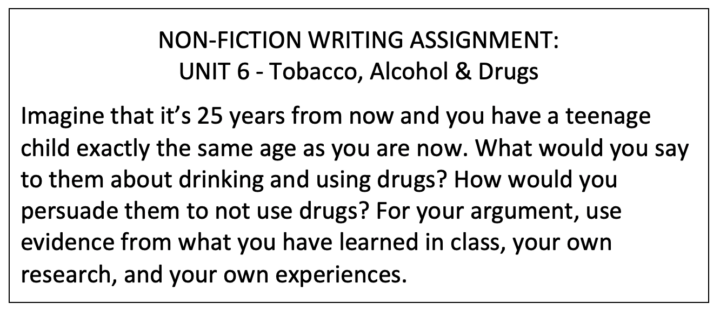
Physical Education
In physical education, rigor can undergird activities; it simply looks a bit different from other subjects.
Perhaps you ask students to apply their knowledge of squats by teaching their partner how to squat. To increase the rigor, you might ask students to imagine they are a physical trainer. Then they use what they know about squats to diagnose strengths and weaknesses of another student based on their knowledge and the data from their partner’s workout.
Finally they diagnose a plan for improvement and teach it to the student. Notice the more detailed analysis that takes place throughout the second task.
Computer Science
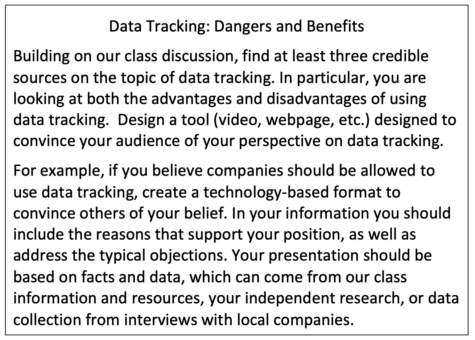
Career Technology
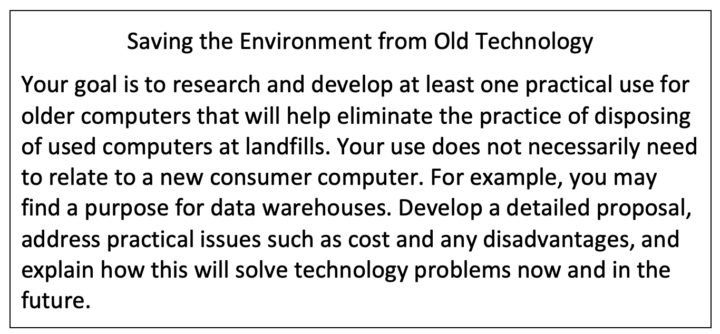
A Final Note
Ensuring depth of instruction is a critical part of all learning. By making minor shifts such as the ones above, you can increase the rigor of your related arts instruction.
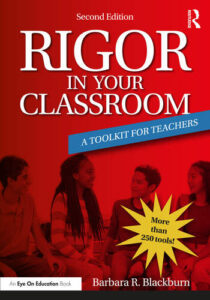
Barbara is the author of Rigor and Differentiation in the Classroom: Tools and Strategies and Rigor is NOT a Four-Letter Word from Routledge/Eye On Education. In early 2023 her latest book, Rigor in Your Classroom: A Toolkit for Teachers (2nd Edition), will be published. Visit her website.



































